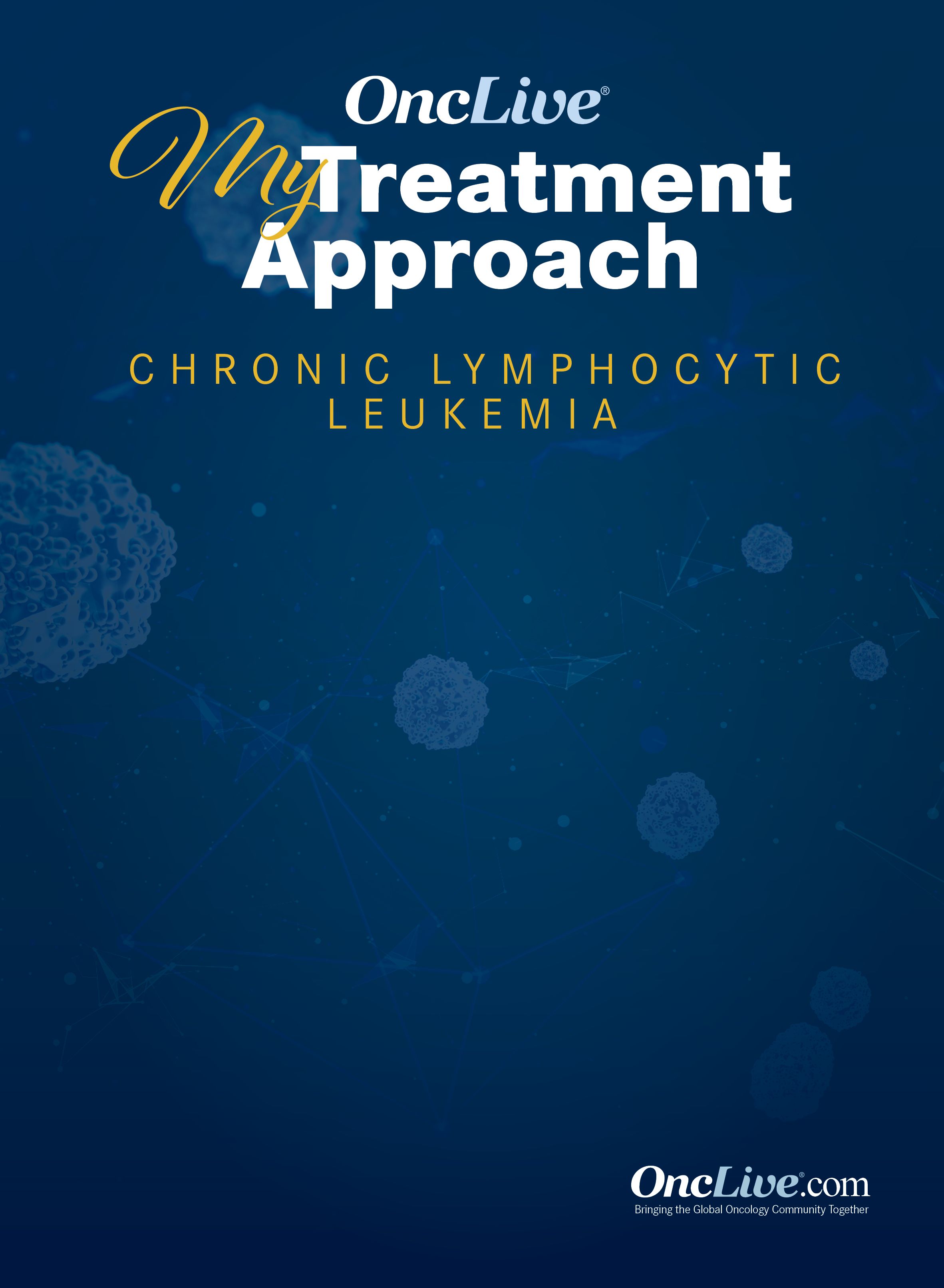Publication
Video
Supplements and Featured Publications
Dr. Lunning on Initial Treatment Considerations in CLL
Author(s):
Matthew A. Lunning, DO, discusses initial treatment considerations in chronic lymphocytic leukemia.
Matthew A. Lunning, DO, assistant professor, Internal Medicine Division of Oncology & Hematology, University of Nebraska Medical Center, discusses initial treatment considerations in chronic lymphocytic leukemia (CLL).
Patients with CLL often present with asymptomatic disease that is identified with a routine complete blood count, Lunning explains.
To confirm a CLL diagnosis, patients typically undergo flow cytometry on peripheral blood, says Lunning. Afterward, a lymphocyte count, hemoglobin count, and platelet count should be conducted.
Additionally, patients should have a physical exam to identify splenomegaly, concerning adenopathy, or irregular lymph nodes, Lunning explains.
Richter’s transformation indicates a poorer prognosis and can significantly alter a patient’s treatment in the newly diagnosed or relapsed/refractory setting, concludes Lunning.































